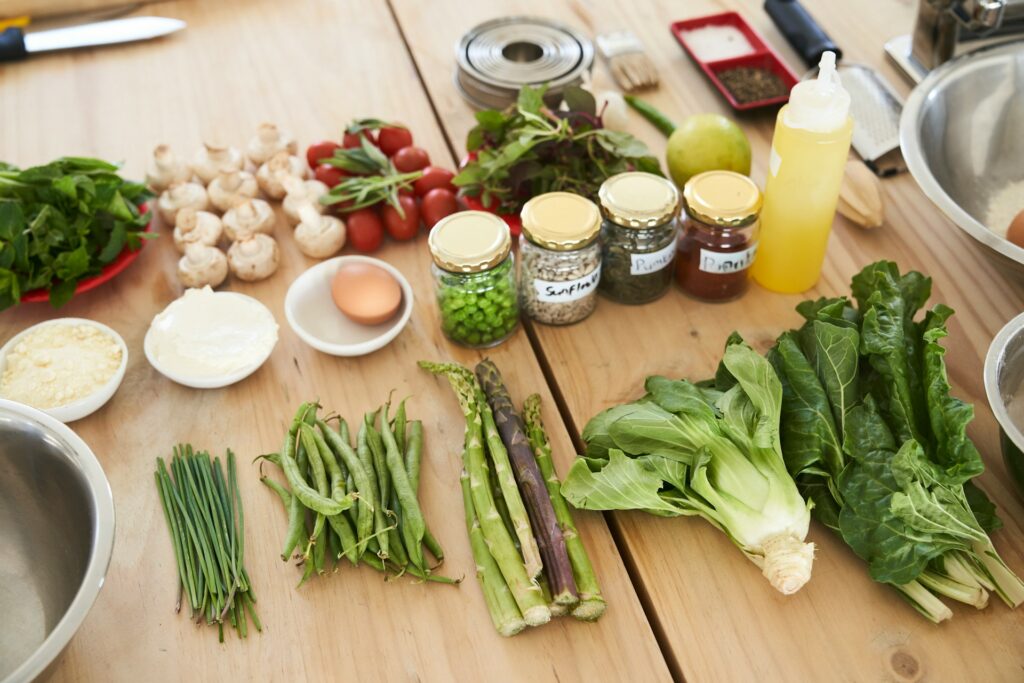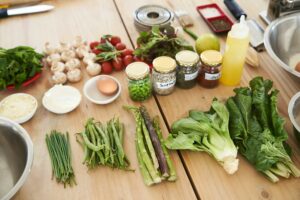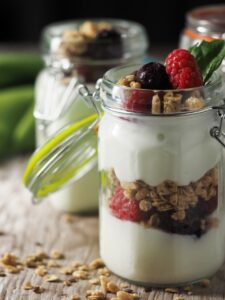In the bustling aisles of the grocery store, food labels shout for our attention, promising everything from “all-natural” to “low-fat” to “gluten-free.” These enticing claims often make it difficult to discern what truly benefits our health. Behind these catchy phrases lies a wealth of information that can sometimes feel like decoding a cryptic message. Understanding food labels is not just about deciphering buzzwords but about making informed choices that nourish our bodies and minds. So, let’s embark on a journey through the language of food labels, unraveling the mysteries and empowering ourselves to make healthier, more informed choices.
What Are Food Labels?
Food labels serve as a crucial gateway to understanding the nutritional content and ingredients of packaged foods. They provide essential information about serving sizes, calorie counts, nutrient levels (such as fats, carbohydrates, and proteins), and ingredient lists. These labels are designed to help consumers make informed choices about their dietary intake, supporting health goals and dietary preferences. By deciphering food labels, individuals can distinguish between nutritious options and products high in unhealthy additives or excessive sugars and fats. Understanding these labels empowers consumers to select foods that align with their nutritional needs and contribute positively to their overall well-being.
Strategies on Deciphering Food Labels
- Understanding Serving Sizes
- Ingredient Lists: The Good, the Bad, and the Ugly
- Nutritional Information: Beyond the Numbers
- Putting It All Together: Smart Shopping Strategies
1. Understanding Serving Sizes

Ever grabbed a bag of chips, glanced at the label, and thought, “Only 100 calories per serving? That’s not bad!” Then you proceed to devour the entire bag, only to realize later that what you thought was a single serving was actually two or three? You’re not alone. Serving sizes on food labels can be deceptive, often smaller than what we typically consume in one sitting.
The key to mastering serving sizes is to pay attention to both the serving size itself and the number of servings per container. Take a moment to visualize the recommended portion size and compare it to your usual intake. This simple step can prevent overindulgence and help you stay on track with your nutritional goals.
2. Ingredient Lists: The Good, the Bad, and the Ugly
The ingredient list is like a window into the soul of a product. It reveals not only what’s in your food but also what’s not. Yet, navigating through a sea of unpronounceable chemicals and additives can be daunting. Fear not! Armed with a little knowledge, you can become a master at deciphering ingredient lists like a seasoned detective.
First, scan the list for familiar, whole-food ingredients like fruits, vegetables, whole grains, and lean proteins. These are the building blocks of a nutritious diet. Next, be on the lookout for sneaky culprits like added sugars, trans fats, and artificial additives. Ingredients are listed in descending order by weight, so if sugar or hydrogenated oils are among the first few ingredients, it’s best to proceed with caution.
3. Nutritional Information: Beyond the Numbers

Calories, fat, carbs, protein—these are the numbers that often steal the spotlight on food labels. While they provide valuable insight into the nutritional profile of a product, they only tell part of the story. It’s essential to dig deeper and consider the quality of the nutrients, not just the quantity.
For instance, not all fats are created equal. While avocados and nuts are rich in heart-healthy monounsaturated fats, fried foods and pastries are loaded with artery-clogging trans fats. Similarly, carbohydrates come in various forms, from fiber-rich whole grains to refined sugars that spike blood sugar levels.
Look for foods that are nutrient-dense, meaning they provide a wealth of vitamins, minerals, and antioxidants without excess calories or unhealthy additives. Remember, the goal is not just to count calories but to nourish your body with wholesome, nutrient-rich foods that fuel your vitality.
4. Putting It All Together: Smart Shopping Strategies
Armed with our newfound knowledge of food labels, it’s time to hit the grocery store with confidence and clarity. But before we embark on our shopping expedition, let’s review some practical tips for making the most of our label-reading skills:
- Plan Ahead: Create a shopping list based on your nutritional needs and meal plans for the week. This will help you stay focused and avoid impulse purchases.
- Shop the Perimeter: The perimeter of the grocery store is where you’ll find fresh produce, lean proteins, and dairy products. Fill your cart with whole, minimally processed foods whenever possible.
- Beware of Marketing Gimmicks: Just because a product boasts “organic” or “natural” on the label doesn’t necessarily mean it’s healthy. Always check the ingredient list and nutritional information to make an informed decision.
- Compare Products: Don’t settle for the first item you see on the shelf. Take the time to compare similar products and choose the one with the most favorable nutritional profile.
- Practice Moderation: While it’s essential to make healthy choices, it’s also okay to indulge occasionally. Balance is the key to a sustainable, enjoyable approach to eating.
Conclusion
In the ever-evolving landscape of nutrition, mastering the art of reading food labels is a valuable skill that empowers us to take control of our health and well-being. By understanding serving sizes, deciphering ingredient lists, and interpreting nutritional information, we can make informed choices that nourish our bodies and support our overall wellness. So, the next time you find yourself perusing the aisles of the grocery store, armed with your newfound knowledge, remember that you hold the key to unlocking the secrets of food labels and making smart, delicious choices every step of the way. Happy shopping!







